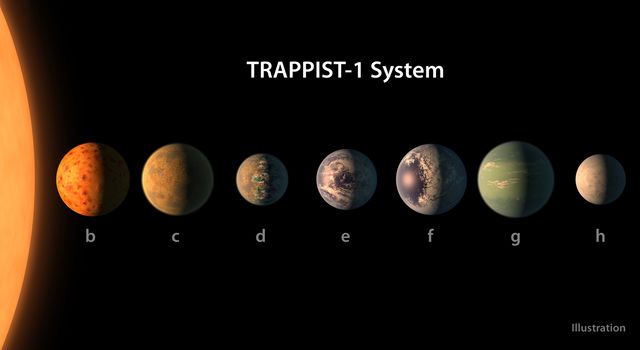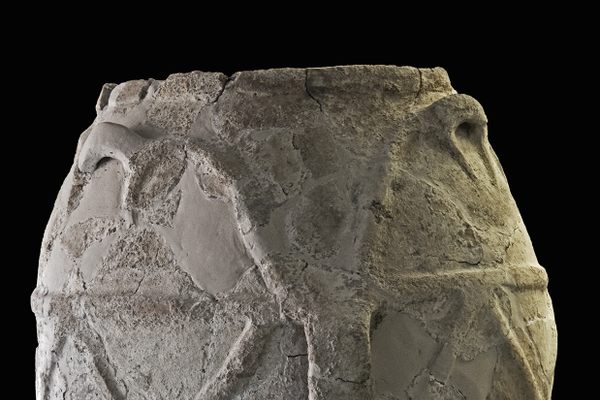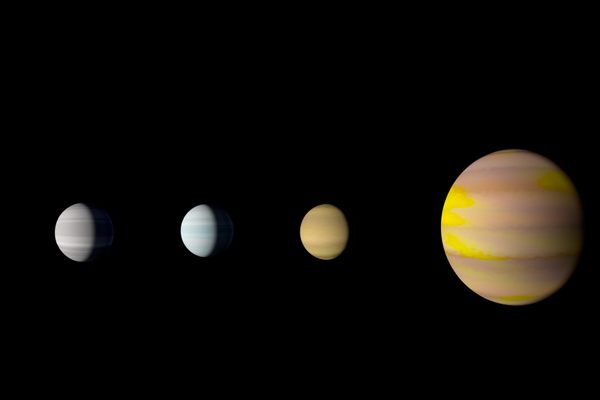Found: A Giant Planet Orbiting a Tiny Star
NGTS-1b defies what we thought we knew about how planets form.

We think we understand how planets form, or at least we thought we did.
As a star develops from a gas cloud, the thinking goes, a disc of dust and gas forms around it. Particles within this disc begin to glom together, and then millions of years and collisions later you have a solar system like ours—discrete chunks of rock and gas orbiting a mature star. But a newly discovered planet orbiting a tiny red dwarf has scientists looking at the theory anew.
Recently an international group of astronomers led by the University of Warwick were working with the European Southern Observatory’s Paranal Observatory in Chile when they spotted faint, intermittent red light coming from a star 600 light-years away. It appeared to be a star with a planet—no longer an unusual discovery by itself—but to their surprise, the red dwarf, half the mass of the Sun, has a gas giant the size of Jupiter going around it.

NGTS-1b, the planet has been dubbed, shouldn’t be there. Up until now, scientists believed that “small stars can readily form rocky planets but do not gather enough material together to form Jupiter-sized planets,” according to the University of Warwick press release. Rocky planets have indeed been found around smaller stars, including the seven orbiting the red dwarf TRAPPIST-1.

The more new planets we find outside of our solar system, the less we seem to understand about how they form. For example, between 2008 and 2010, researchers found four gas giants orbiting star HR 8799. According to models, these planets were either too close or too far from their star to have formed at all. Giant planet HD 106906b is a similar case. Approximately 11 times the size of Jupiter, it is also much farther from its star than it ought to be. Another surprising member of the exoplanetary menagerie is the HD 188753 system, featuring the first known planet in a “triple star system” formed by a star, which orbits a star, which orbits another star. (Even George Lucas didn’t imagine a “triple sunset.”)

This latest discovery may not be the only one of its type we’re going to see. According to Peter Wheatley, Professor of Astrophysics at University of Warwick and one of the project leaders, “NGTS-1b was difficult to find, despite being a monster of a planet, because its parent star is small and faint. Small stars are actually the most common in the universe, so it is possible that there are many of these giant planets waiting to found.”









Follow us on Twitter to get the latest on the world's hidden wonders.
Like us on Facebook to get the latest on the world's hidden wonders.
Follow us on Twitter Like us on Facebook